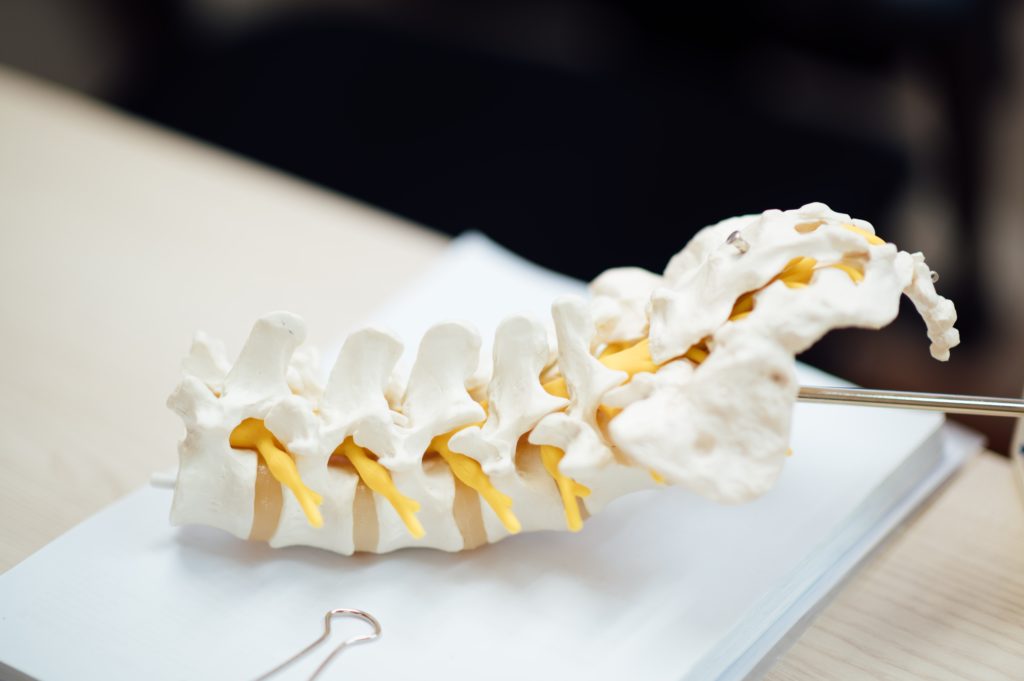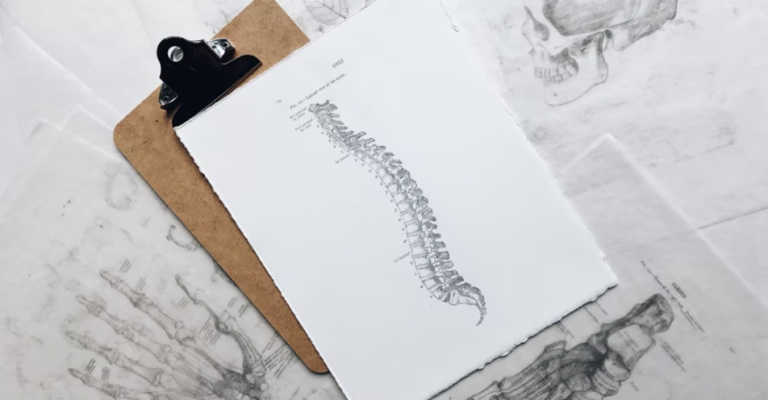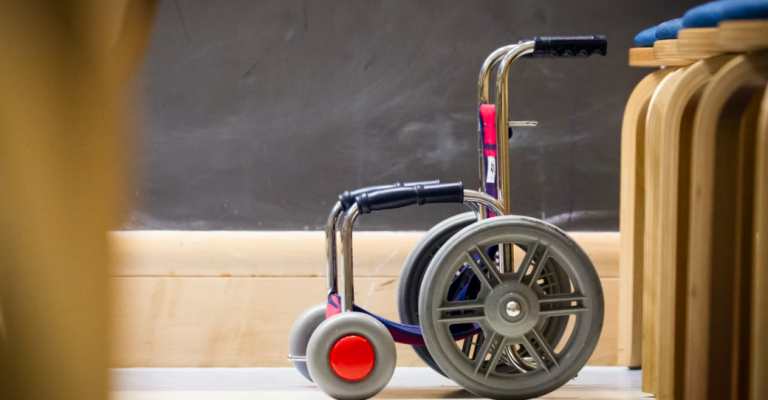
Spinal cord injuries are commonly seen in traumatic incidents such as gunshot, motor vehicle accidents, falls, etc. These injuries can result in various symptoms ranging from sensory symptoms such as pain, numbness, tingling, etc., to motor control deficits such as paralysis.
To understand the specific types of spinal cord injuries, you should first know the structure and function of the spinal cord.

The spinal cord is a structure made up of neurons (cells) that connects your brain to the rest of your body. It lies within the center of your body and is present inside your spinal column (vertebral column).
It is the continuation of your brain and starts from the point where the brain ends (beneath the skull). It then runs down in your spinal column and transmits signals from the brain to the rest of your body.
So if you want to move your hand to pick up a glass, your brain will generate a motor signal that would travel down the spinal cord and ultimately reach your muscles via nerves originating from your spinal cord.
Not only this, but the spinal cord also serves the function of carrying sensory signals to your brain. You can feel pain only when this sensation is conveyed to the brain via sensory nerves to the spinal cord to your brain.
This helps to understand that signal transmission is affected if the spinal cord is damaged, resulting in several sensory and motor symptoms.
There are two types of spinal cord injuries which are as follows.
As the name indicates, this type of spinal cord injury results in complete damage to the spinal cord at the affected level. Transmission of signals (sensory and motor) between the brain and body parts below the involved level is interrupted.
Both sensory and motor deficits are seen below the affected level. The higher the injury level, the more significant is the damage to the body. The symptoms depend upon the level at which the spinal cord is injured.

In this type of spinal cord injury, the damage to the spinal cord is not complete, and some part of the spinal cord at the affected level is spared. Transmission of signals (motor and sensory) is affected but not completely interrupted.
As the injury is incomplete, the symptoms vary from person to person. The symptoms that a person may experience depend upon the part of the spinal cord that is injured. If the motor area of the spinal cord is damaged, the affected individual may feel weakness or paralysis of muscles.
The symptoms that result from spinal cord injury depend on the type of spinal cord injury and the level at which the spinal cord is injured.
There are three levels at which the spinal cord can be injured.
Let’s have a look at each level one by one.
If the spinal cord is injured at the cervical level, the communication between the brain and the rest of the body (below the neck) is interrupted. This can result in tetraplegia. Complete spinal cord injury at the cervical level affects all four limbs, and there is complete paralysis of the arms and legs.
This occurs because the brain and limb muscles’ pathway is completely damaged, and the brain cannot control these muscles, leading to muscle paralysis.

Sensory loss is also present in the whole body except the face and neck. The persons having this type of spinal cord injury have no control over their urination and defecation. Affected individuals are wheelchair users and cannot walk on their own. They also need assistance in daily activities because they cannot move their arms.
If the spinal cord is completely injured at the thoracic level, it paralyzes lower limbs (legs). When the spinal cord is damaged at the thoracic (upper back) level, the pathway between the brain and the lower limb is interrupted, and the brain cannot send signals to the lower limbs (legs).
An individual with spinal cord injury at the thoracic level cannot move their legs because the motor signals generated in the brain cannot be conveyed to the muscles in the legs as the spinal cord is completely damaged.
Sensory disturbances are also seen in the legs. The affected individual may or may not have control over his urination and defecation.
Complete spinal cord injury at the lumbar level leads to significant weakness in lower limbs but not complete paralysis. This happens because some of the nerves that control lower limb muscles are spared. Sensory deficits are primarily present at the back of thighs and legs.
The affected individual may or may not have control over urination or defecation. The affected individual can ambulate using braces/orthotics. The symptoms of spinal cord injury at this level vary from person to person.
Hemiplegia is a term used for paralysis of half of the body that commonly involves the ipsilateral arm and leg. The term “hemiparesis” is used if there is the only weakness of one side of your body (not paralysis). This is mainly seen in incomplete spinal cord injury.
This can result when only one-half of the spinal cord is affected at the cervical level. This type of injury causes sensory and motor disturbances only at one side of the body. The other half of the body usually functions because one-half of the spinal cord is not affected in this type of spinal cord injury.
The ability to move the affected body side is not entirely lost because the spinal cord injury is not completed. The ability to feel sensations such as hot, cold, pain is affected on one side of the body, and this is because the sensory signals are not transmitted to the brain.
The affected individual is not completely paralyzed, and they can ambulate with some strength and balance deficits. As the spinal cord injury is incomplete, the symptoms of this type vary from person to person.